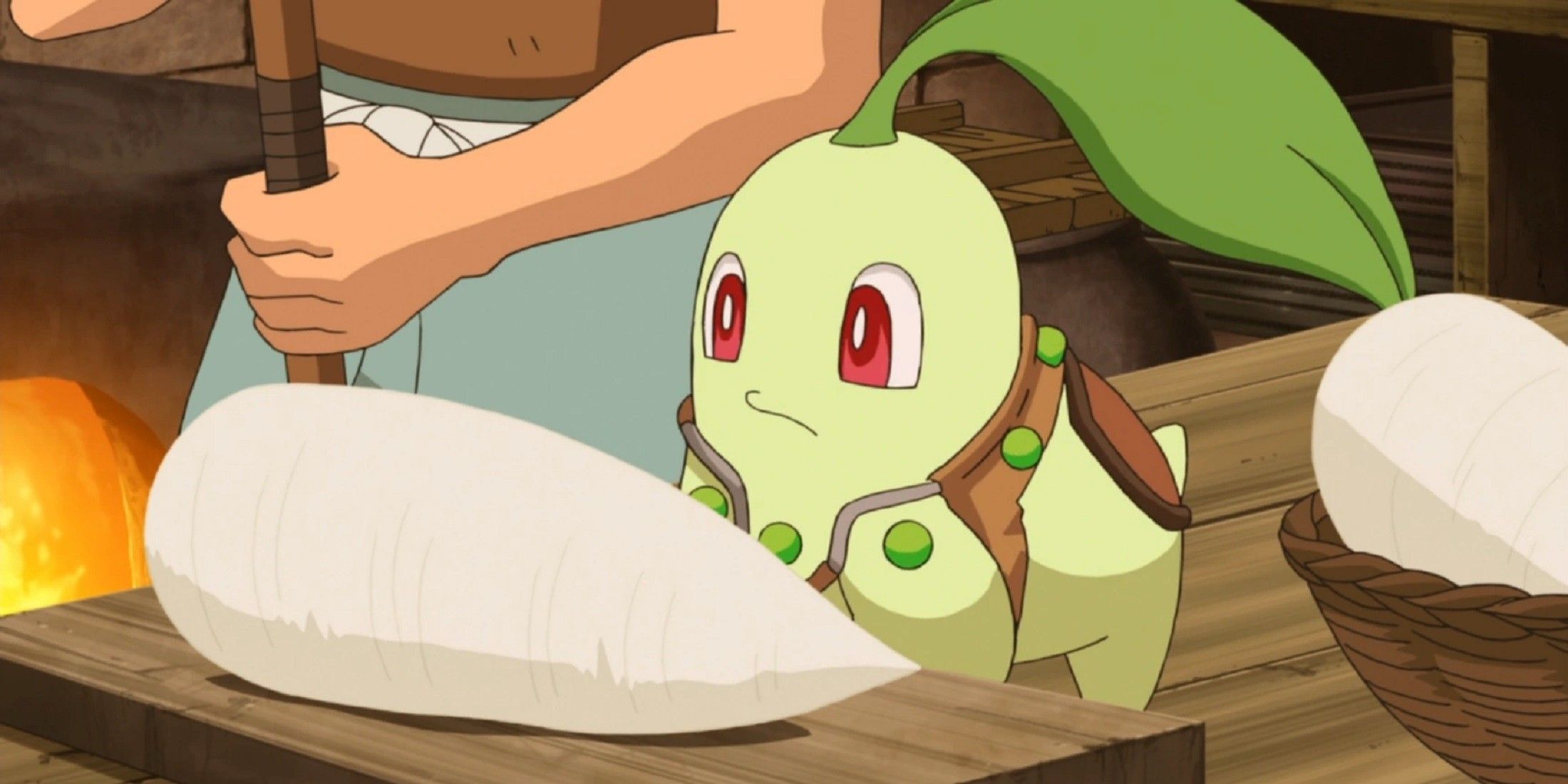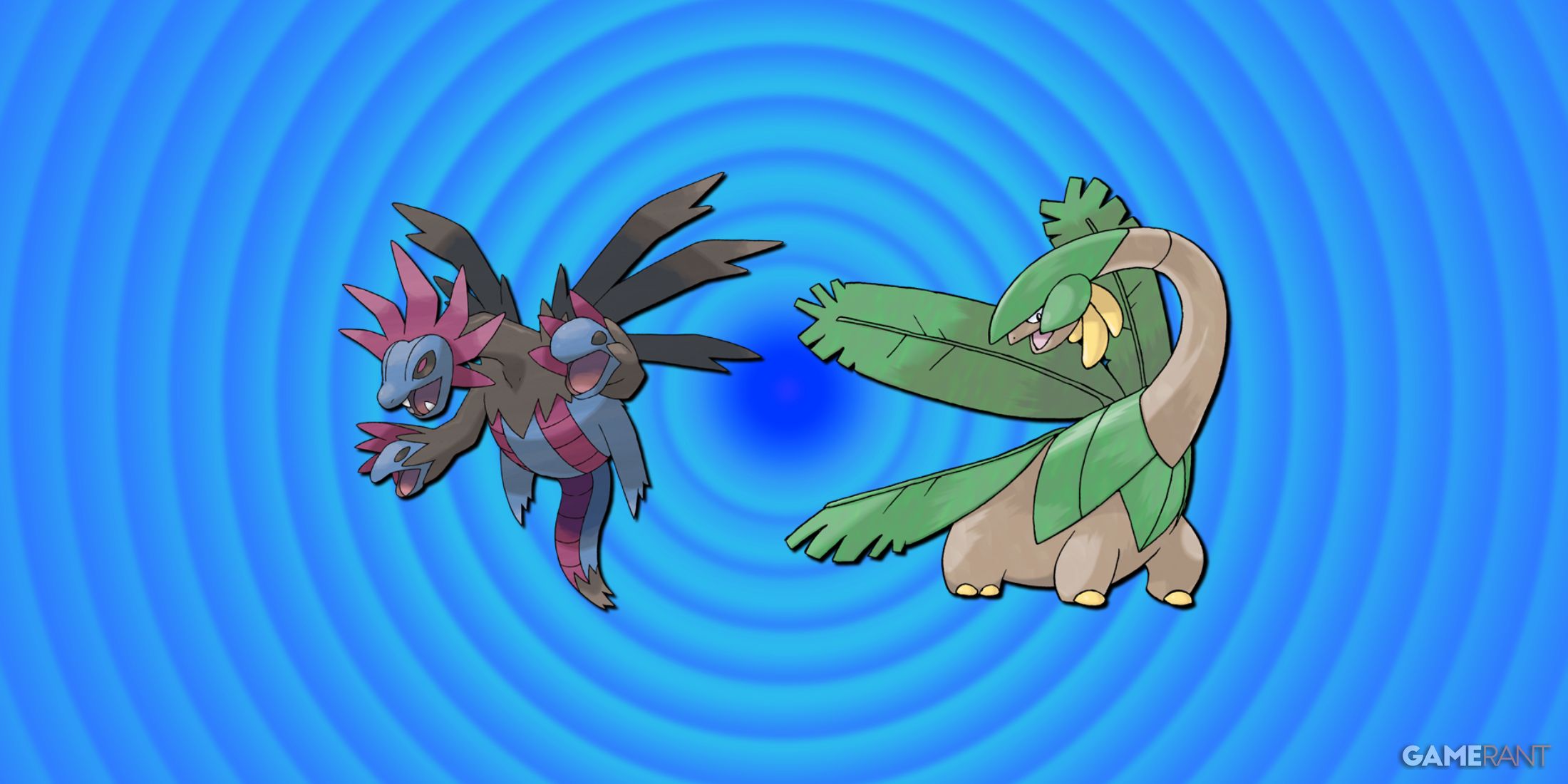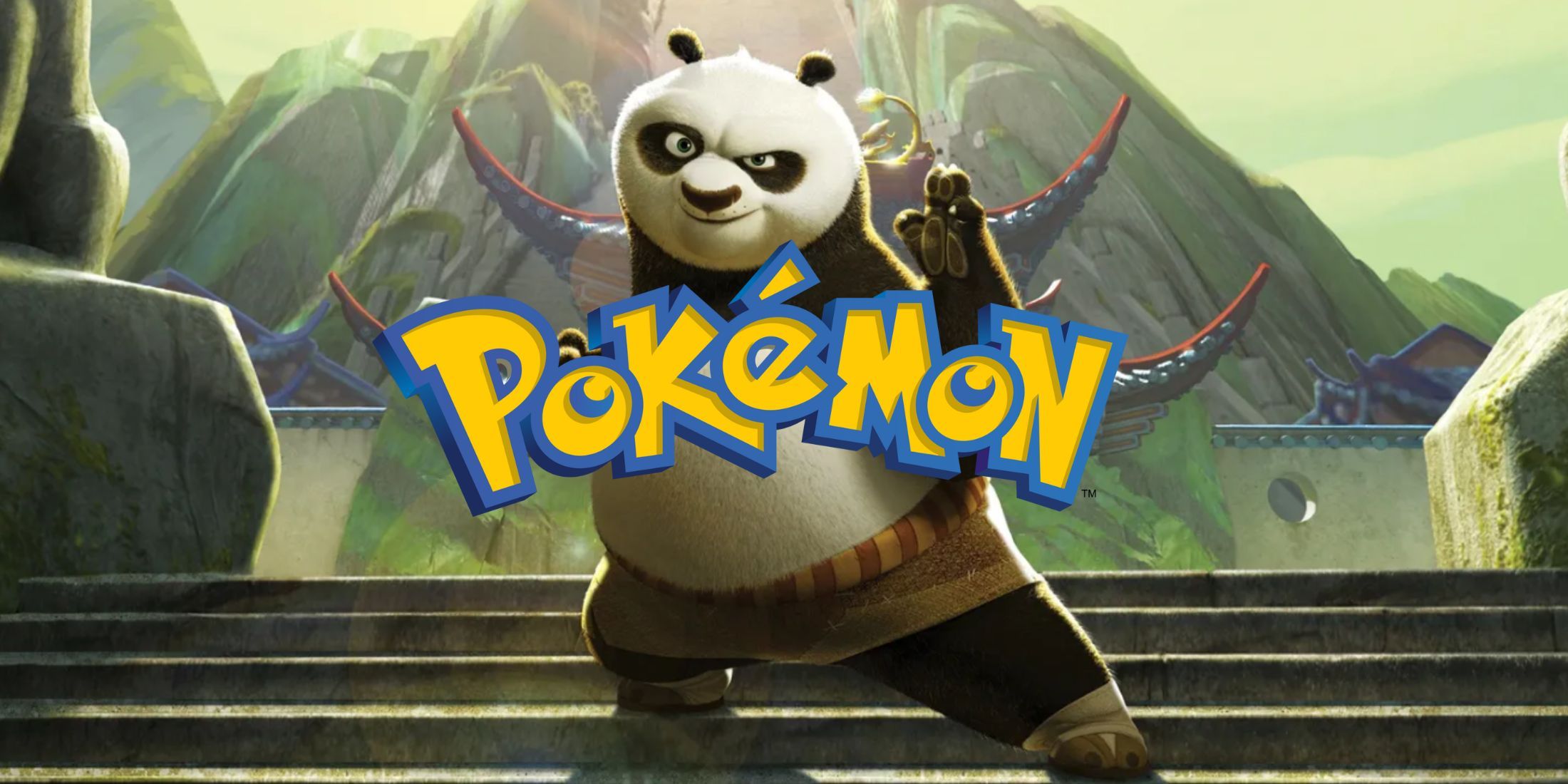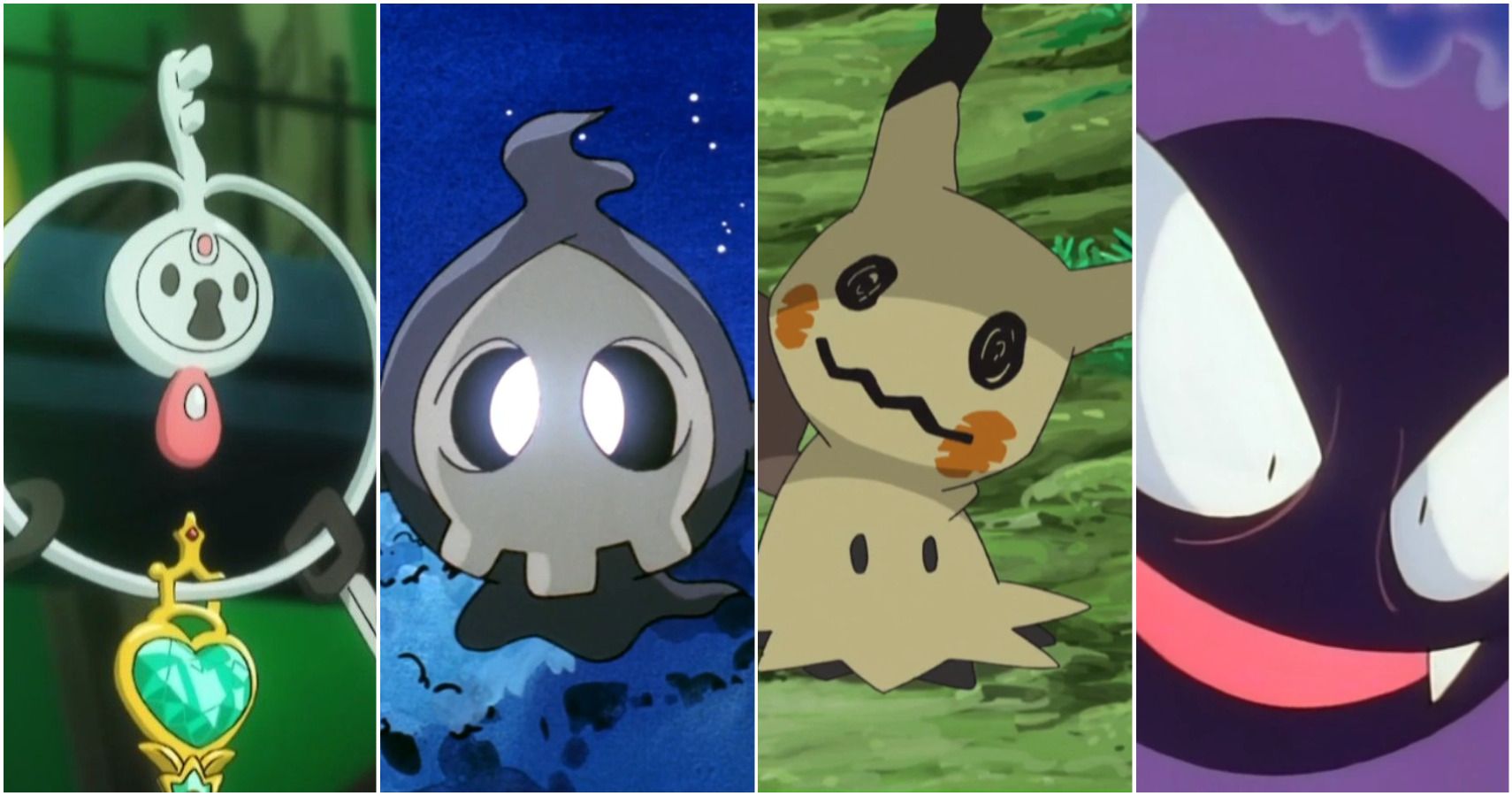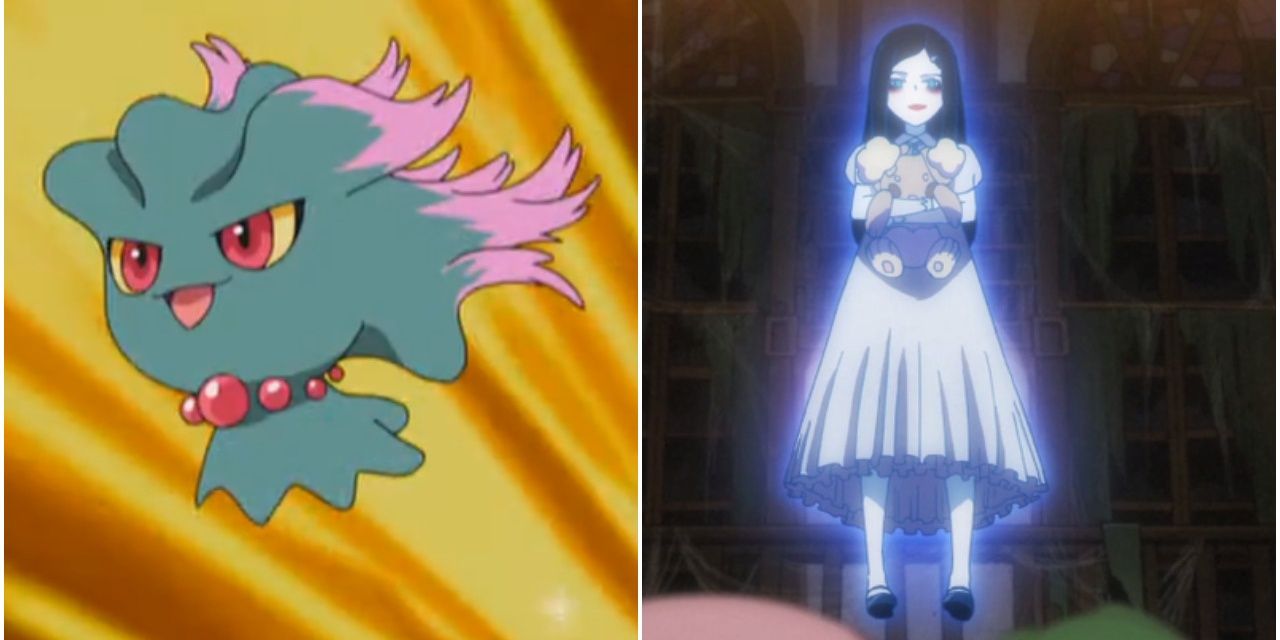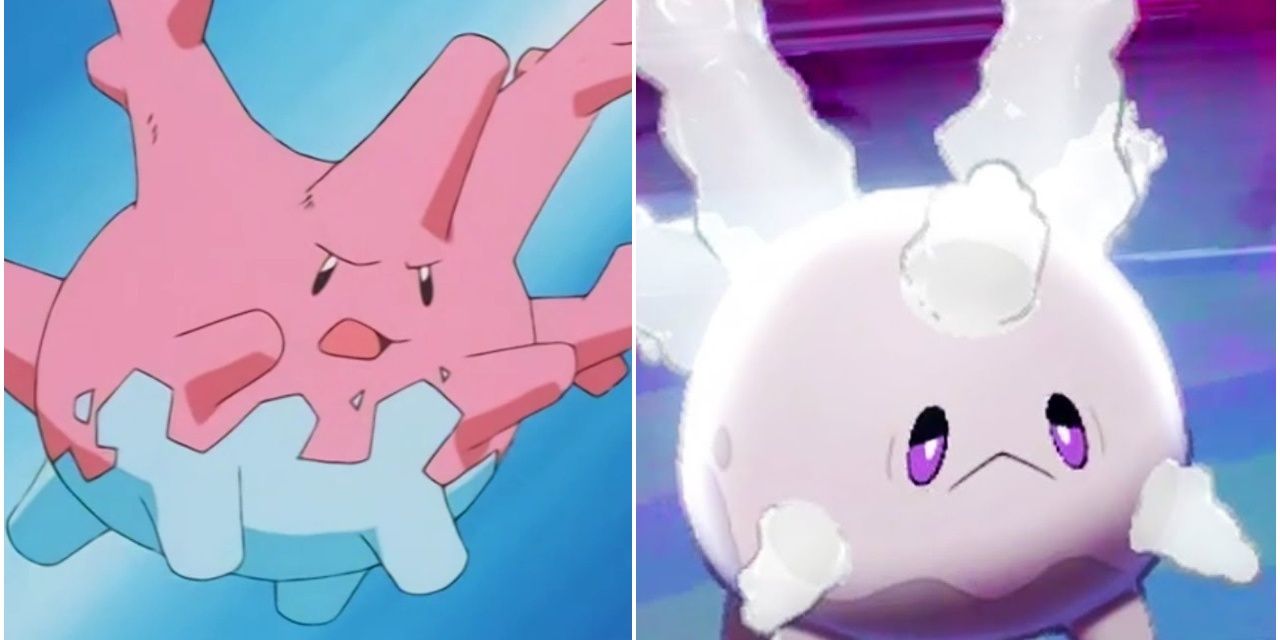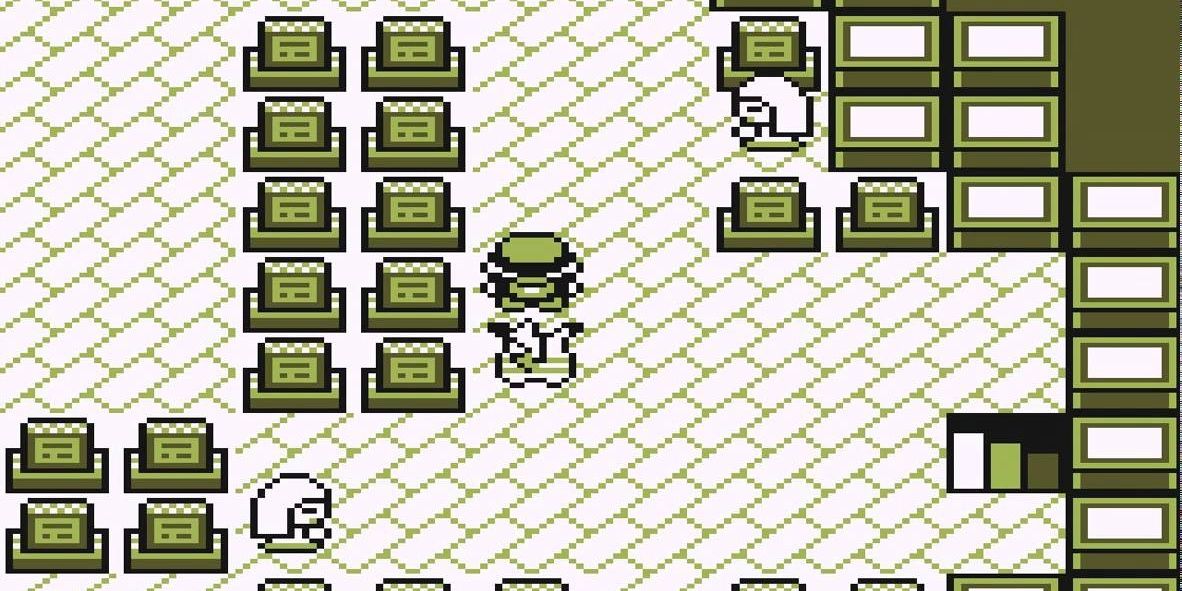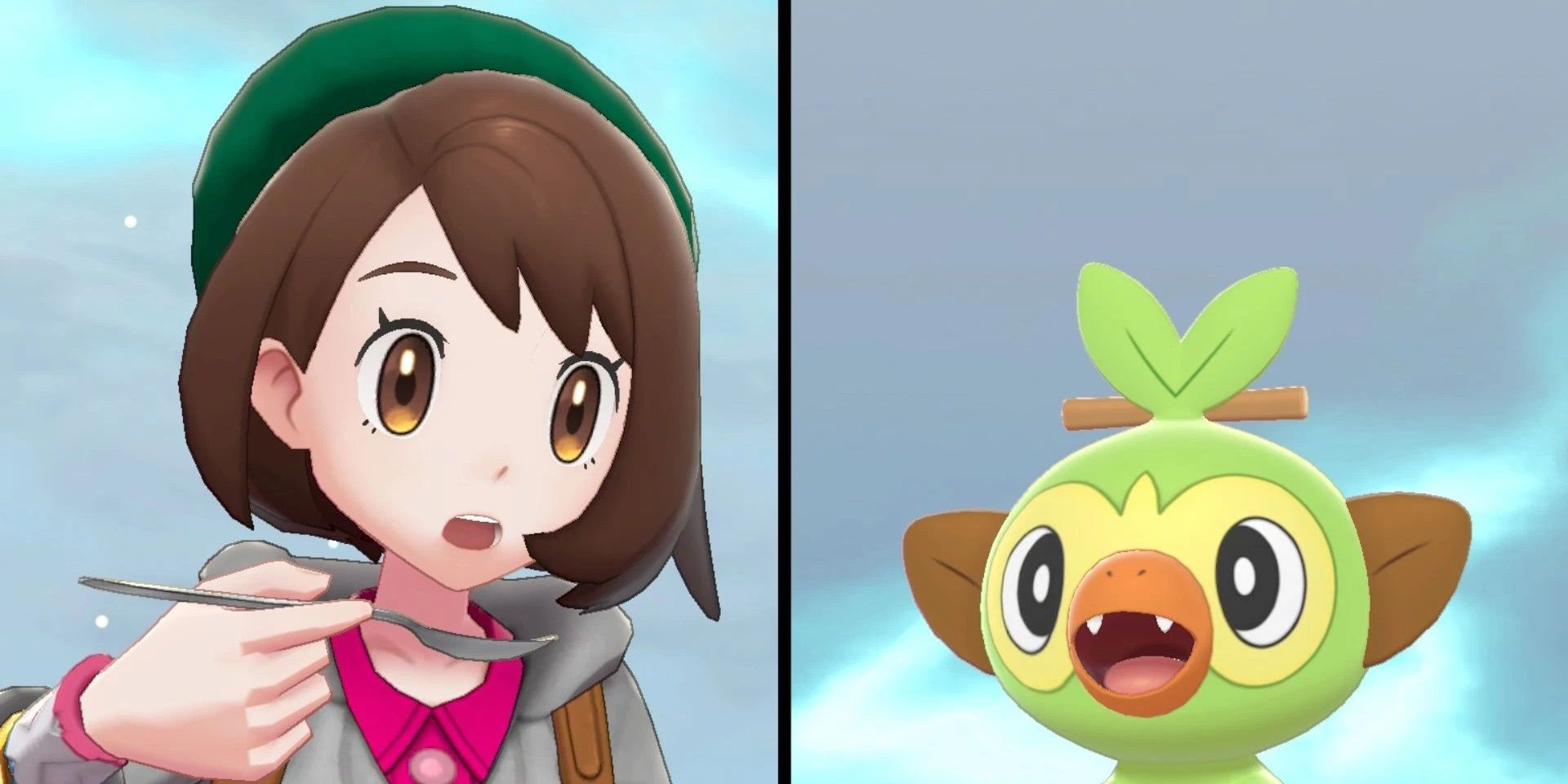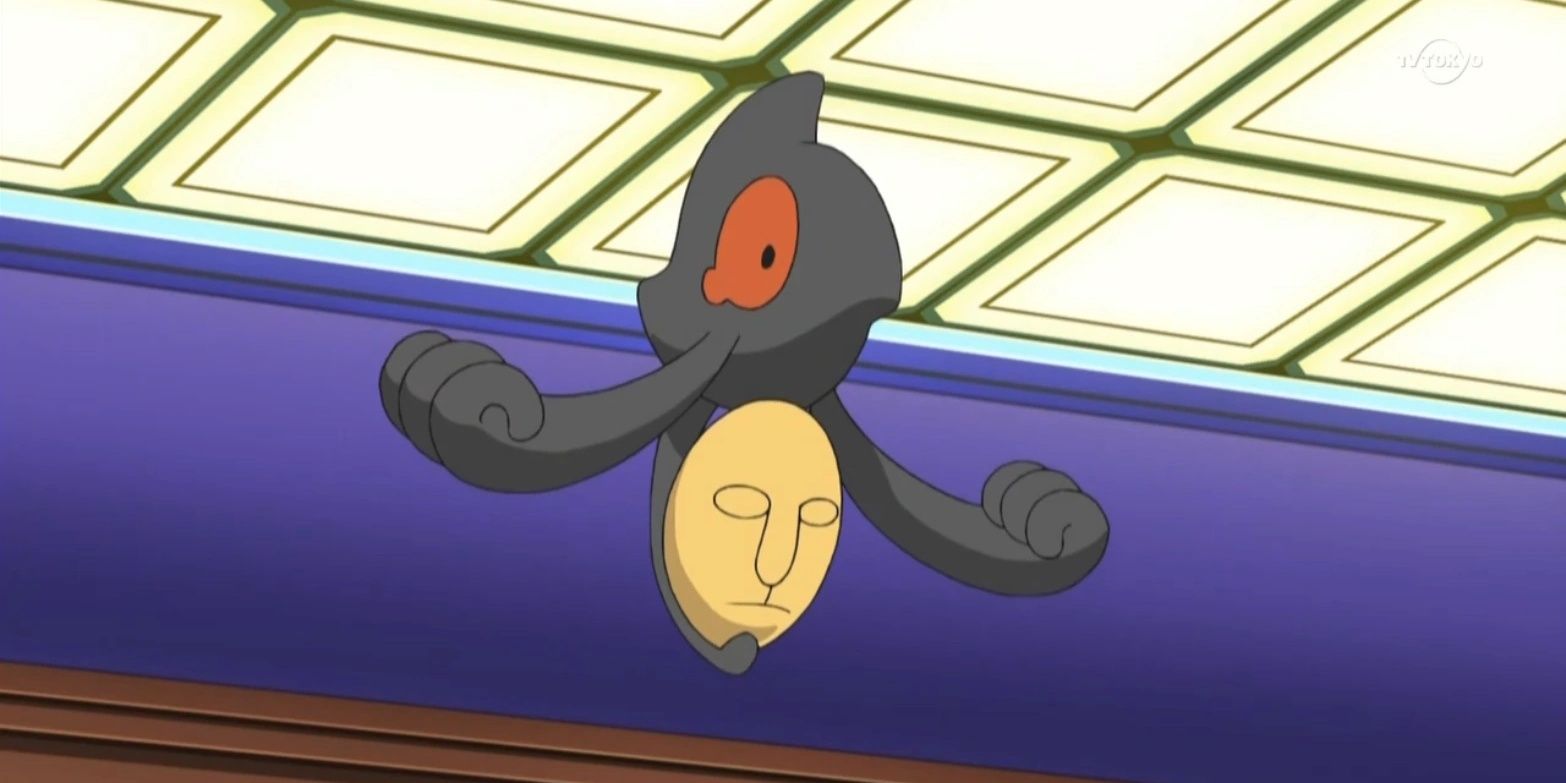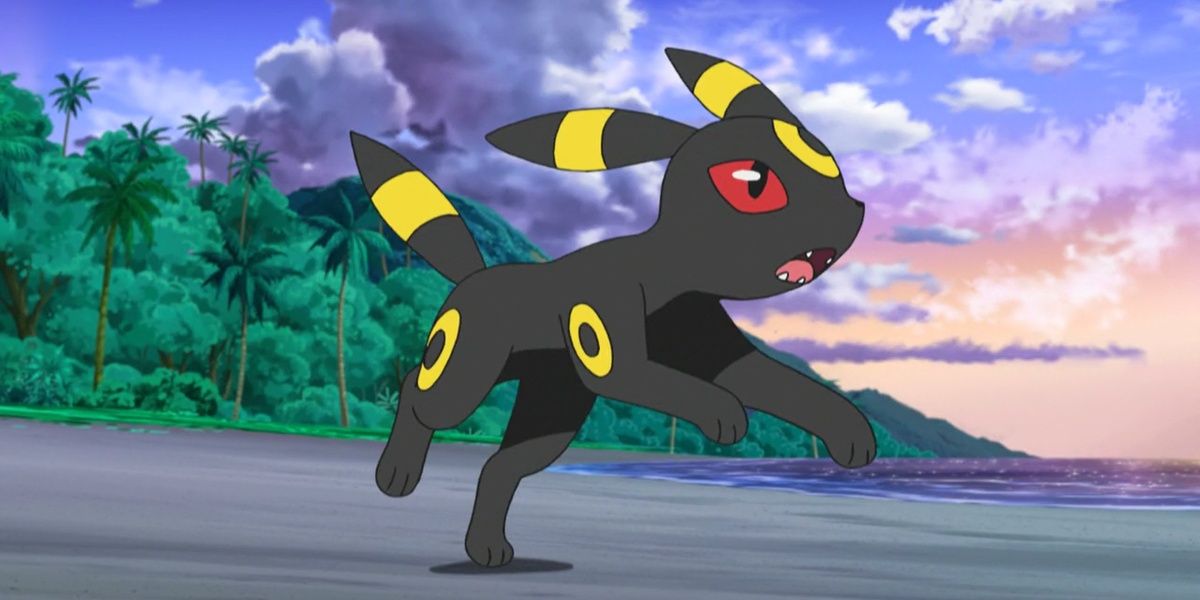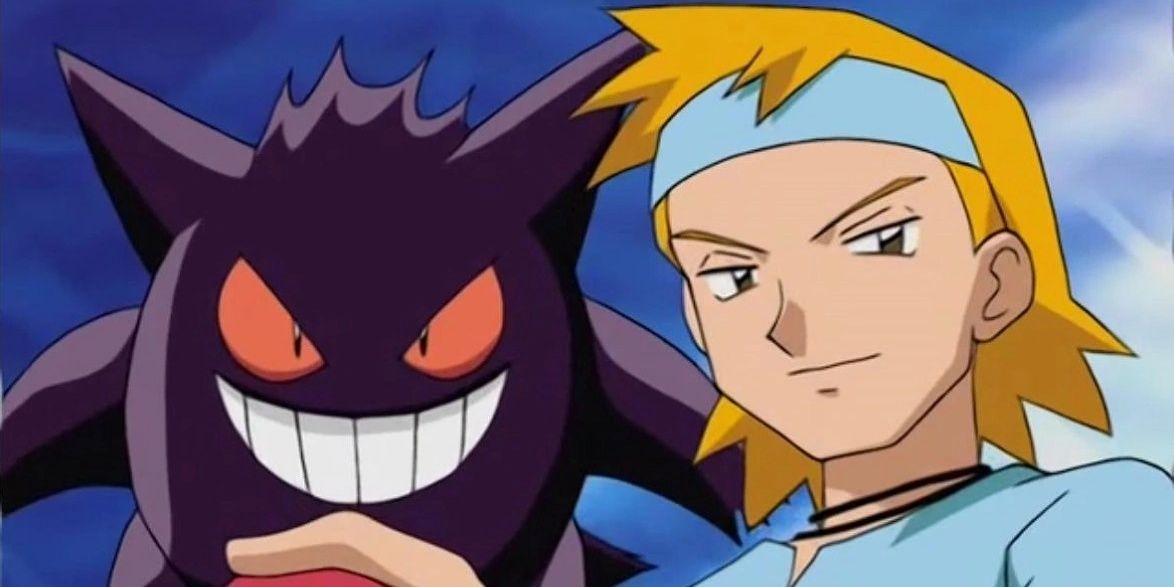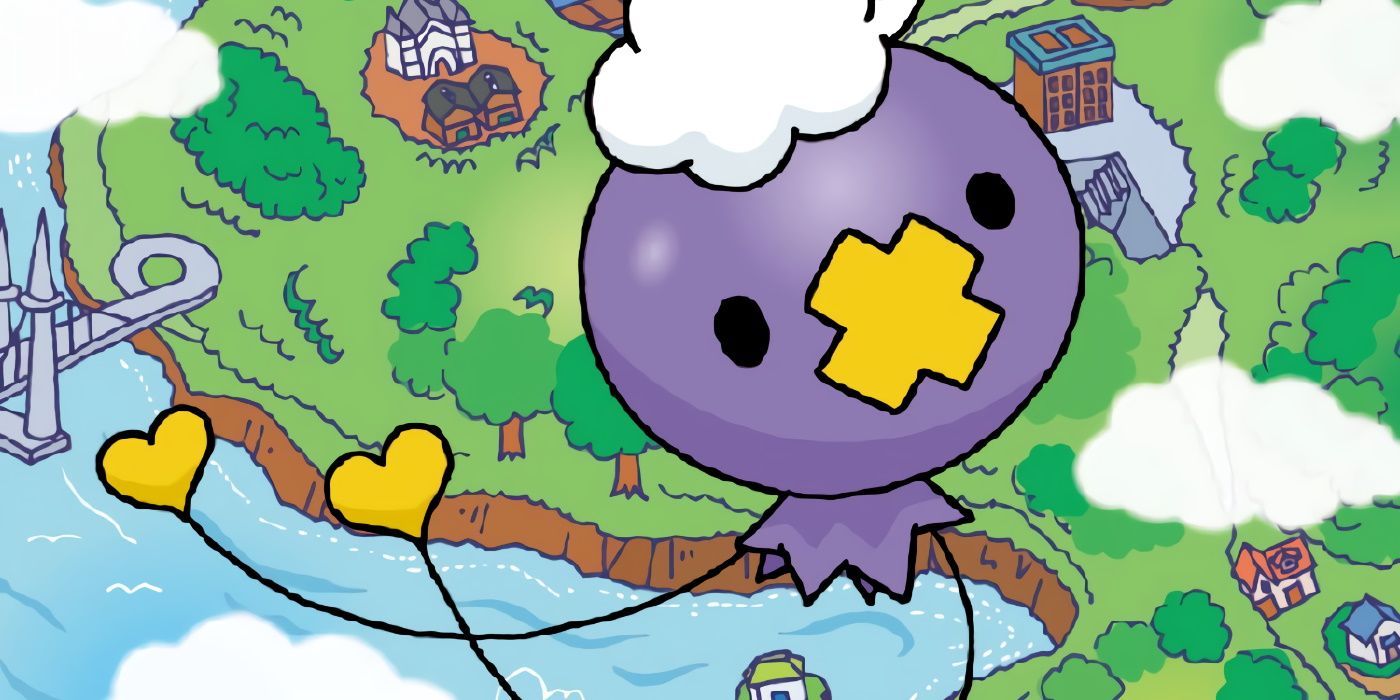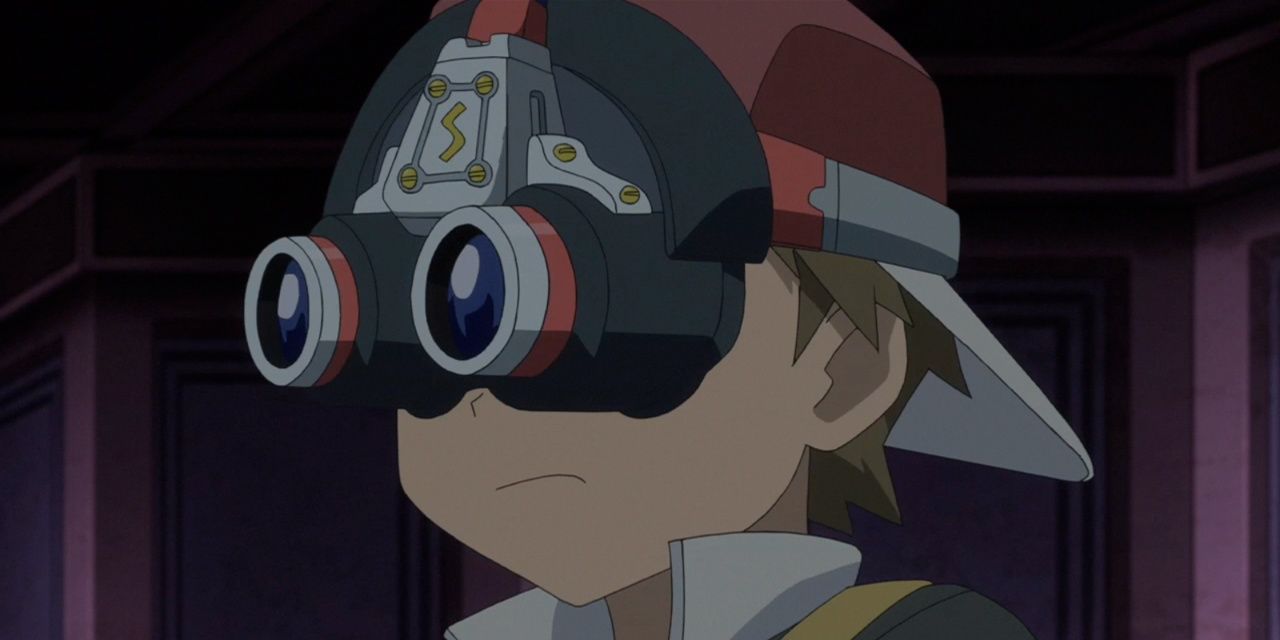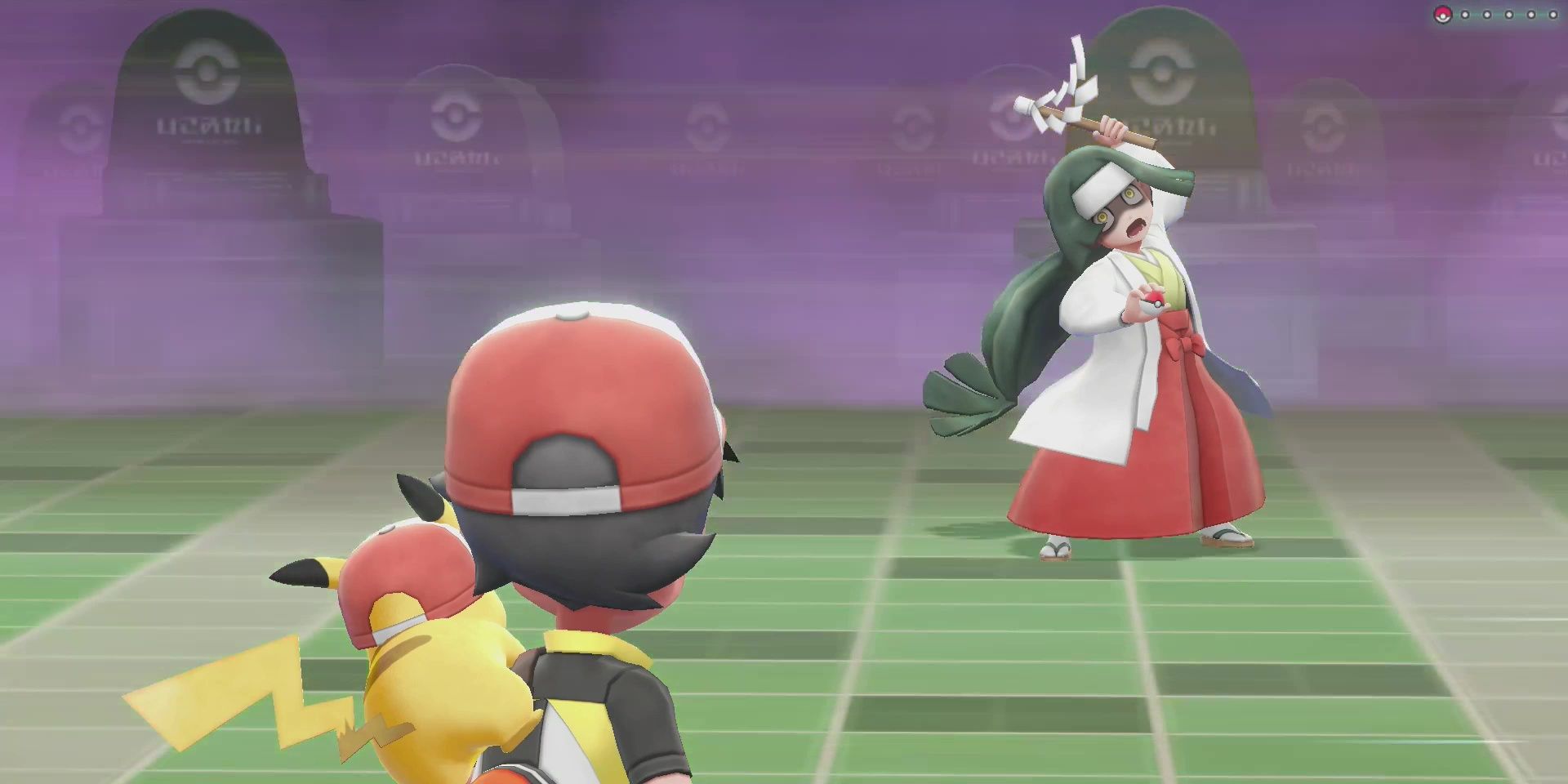When thinking about popular Pokémon types, one of the most unique in both competitive and casual play would be the ghost-type Pokémon. This enigmatic line of Pokémon enjoys haunting ancient ruins, scaring small kids, and occasionally doing gruesome, horrible acts. And yet, trainers enjoy using these mysterious Pokémon, despite their often unusual origins.
So, it goes without saying that ghost-types are rather mysterious, and there are many things that even experts do not understand about these Pokémon that have been around since Pokémon Red and Blue. This list will propose some questions about what exactly makes a ghost-type, along with the occasional theory into said mysteries. Grab a Silph Scope, because it’s time to investigate these paranormal Pokémon.
10 What Is The Difference Between a Ghost-Type and a Literal Ghost?
This question seems to have an obvious answer at first glance. A ghost Pokémon is a living creature, while a literal ghost in the Pokémon universe is exactly what it says on the tin: a spirit. However, there are also Pokémon like Phantump, which has multiple Pokédex entries referencing being created from the spirit of a lost child.
Since there are so many different species of ghost Pokémon and many are created in different ways, it’s hard to pin down what makes them different. There’s no clear explanation given, only the occasional Pokédex reference.
9 Do All Pokémon Become Ghost-Type After Death?
There’s plenty of evidence that some Pokémon do become ghost-type after death. Galarian Corsola, for example, is literally just the spirit of Corsola hovering over its destroyed coral body. Dreepy is said to be the spirit of a prehistoric Pokémon.
But then there are ghost-types like Gastly, which is a combination of spirits and gas. Do all lingering Pokémon spirits eventually become ghost-type Pokémon? Is it only some of them? And will humans become ghost Pokémon as well? Only assumptions can be made.
8 Why do Ghost-Types Prefer Haunted Areas?
Ghost Pokémon in the world of Pokémon tend to favor areas that are lacking light, like the Glimwood Tangle in Pokémon Sword and Shield or ancient ruins like with Mt. Pyre in Ruby and Sapphire. If they simply existed in one type of location, it could be explained.
However, realistically, ghost type Pokémon can and should be able to exist anywhere. Perhaps, to draw a parallel to the supernatural in our world, they are drawn to areas with more “energy”, whatever that means.
7 How Do Ghost-Types Take In Nutrients?
Ghost-type Pokémon do need energy and nourishment of some form. Several Pokédex entries describe how ghost-types consume either food or supernatural energy. However, these Pokémon will also gladly eat spicy curry and other sorts of PokéFoods.
So, how exactly do these Pokémon take in nutrients? How is a trainer supposed to know what to feed their ghost-type? If they are able to eat physical food, how do they digest it with their non-physical bodies? The dietary needs of ghost-type Pokémon are seriously underdeveloped in the Pokémon universe.
6 What Determines The Secondary Typing of Ghost-Types?
Ghost Pokémon tend to come in two varieties. The first are inanimate objects possessed by a spirit, like swords or even shed skin like with the kinda terrible Shedinja. The others are simply spirits, either a collection of them or one whole spirit. However, there’s no consistency based on typing.
While many pure ghost-types are just individual spirits, you have outliers like Unova's Yamask or Galar's Sinistea. On the other hand, Drifblim is a collection of wandering spirits, despite being a flying-type. Dreepy is also said to be a spirit of another Pokémon but brought back to un-life but is a dragon-type. This kind of inconsistency makes it hard to understand ghost-type biology.
5 Why Are Ghost-Types Weak to Dark?
As discussed in the section on favored locations, ghost-types prefer sticking to dimly lit areas. However, despite this love of the darkness, ghost-types are weak to dark-type attacks. In the bodies of ghost Pokémon, how do they register the difference between a dark room and a Dark Pulse?
It seems to be a few bizarre weaknesses when something like fire (a light source) would make way more sense logically. However, maybe ghost-types are simply afraid of true evil energy from dark-type moves.
4 Why Are Ghost-Types Weak to Other Ghosts?
This one is even more of a head-scratcher than the last. When you look at ghost-types, it would make more sense that the kind of supernatural energy they create would just be absorbed by other ghost-types.
For the possessed-object ghost Pokémon, maybe the original spirit is being forced out of its host, but for natural ghost-types, it doesn’t seem to line up. Perhaps there’s a mathematical reason for this, as the negative nature of un-life creates a negation against a similar force, erasing it.
3 Why Do Ghost-Types Have Such Chilling Pokédex Entries?
When reading through Pokédex entries, some of them are certainly odd. However, it seems like the majority of ghost-types have absolutely insane entries. Now, some of the entries, like Duskull’s, are clearly just based on rumor. But some are truly horrifying.
Mimikyu, for example, is essentially an eldritch horror that just wants to be loved. Drifloon kidnaps young children that grab onto its string-like arms and carries them to beyond the realm. Misdreavus literally eats fear for breakfast. If ghost Pokémon are so potentially dangerous, why would anyone want to train them? Probably because they’re so gosh darn cute.
2 What Is The Purpose Of The Silph Scope?
The Silph Scope is an item obtained during Kanto adventures, like Pokémon Let's Go. It is “required” to get past the ghost blocking your progress at the top of Pokémon Tower (although it can be scared away with a Poké Doll in the original games), and the only way you can catch Pokémon in Pokémon Tower is with the Silph Scope.
However, it’s not like trainers aren’t able to see and recognize Gastly and other ghost-types without the Silph Scope. They aren’t exactly hidden. So, what is the purpose of the Silph Scope outside of being an item to make progress? Seems like Silph Co. should look into the projects they are funding.
1 Do Ghost Hunters Exist In The Pokémon Universe?
Now, when using the term “ghost hunter”, this isn’t referring to the Hex Maniacs or other occult-focused trainer classes in Pokémon. This question is more in-line with the contemporary ghost hunter, like Zak Bagans. Are these the first researchers to discover new ghost-types? Or would they be looking for lost spirits that haven’t yet become ghost Pokémon?
So far, there has been no outright example of a “ghost hunter” that focused on spirits rather than just ghost-type Pokémon. And to tie in with the last entry, perhaps Zak Bagans would actually have a use for the Silph Scope.

